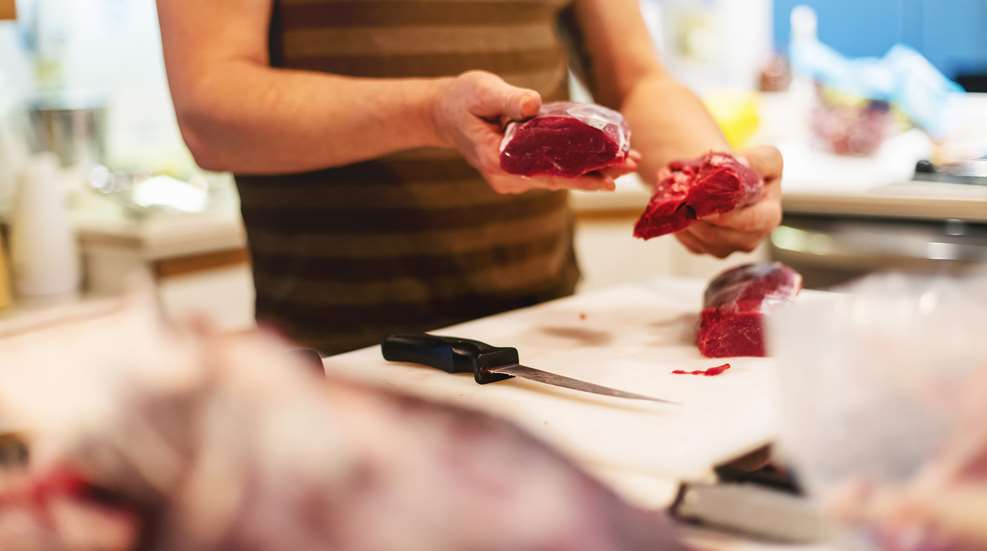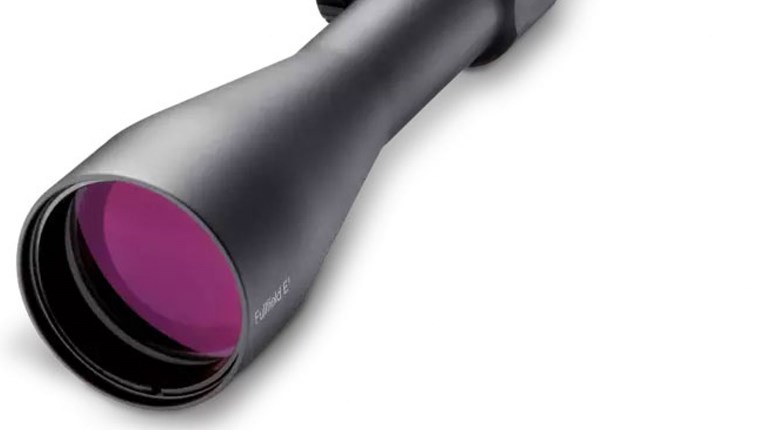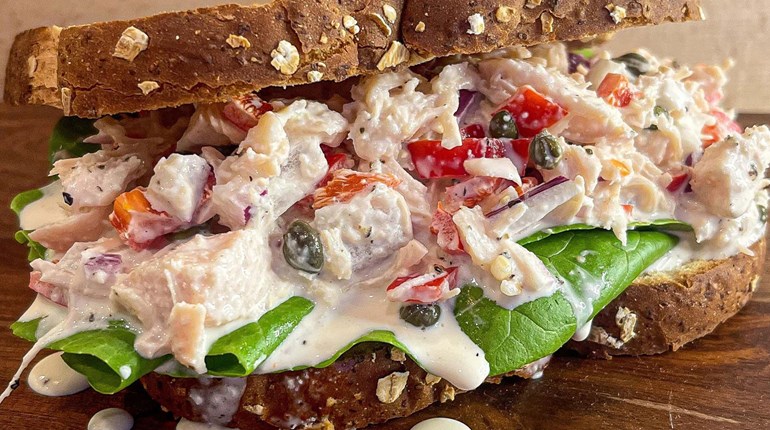
I get a lot of satisfaction out of butchering a deer, turkey or duck myself. I can cut the meat exactly how I like it. I can separate the different cuts according to what my family likes best. I can trim every last shred of silverskin off if I want (which no butcher will ever bother with) and examine every roast for stray hairs. I know every hand that touched that meat and I am in complete control of how clean all the equipment it passed through is.
That said, when it comes to field-dressing deer and other big game, I’m more than happy to hand that chore off to someone who is faster and more efficient than I am. I don’t mind doing it one bit, but let’s be honest: It’s pretty gross, and short of puncturing something that doesn’t need to be opened, there isn’t too much of a way someone else can screw it up.
If you’re not comfortable field-dressing or butchering a deer yourself, I encourage you to get in there and try it. Gutting a deer isn’t complicated: “Just get the insides on the outside,” as a friend once told me. Butchering can be as complex or as simple as you make it, but just keep cutting meat off bone until there’s no meat left, and you’ve succeeded.
However, if you don’t have the time or space to break down a deer or you just don’t want to do it yourself, there’s nothing wrong with dropping an animal off at a processor and letting them do all the work for you. This increases your per-pound cost of meat, but hunting really isn’t much of a money-saving endeavor, anyway.
Not all processors are created equal—some do a much better job than others. Visit a few processors, if you have the option, before you hunt so you have a plan on where to take your deer. Make sure you know his hours and if he has a drop-off cooler for after-hours intake. Evaluate the cleanliness of his place—butchering is a messy business, so don’t expect a surgically-sterile environment, but there’s a line, and you’ll know when it’s too much. Ask (delicately) if you are guaranteed to get your own deer back. Some processors combine multiple deer into one big batch of grind, and you don’t want your carefully field-dressed deer mixed up with the deer of some slob who left his gut-shot buck in the back of his truck for nine hours before bringing it in.
A good processor should ask you how you want it—whether you want steaks and roasts or all grind, how you want the backstraps (butterflied, sliced, whole), if you need any specialty cuts like shanks or a neck roast, and if you want any fat mixed into your ground meat. If the processor has one set way he handles everyone’s deer and you get what you get, consider going elsewhere.
There’s nothing wrong with having a processor handle your animal for you if you’re not able to do it yourself, but I encourage you to dive into butchering your own deer. In almost every case, the end result will be considerably better, you’ll have more control over the process, you’ll learn a lot, and you’ll get great satisfaction over your true field-to-table food.














































